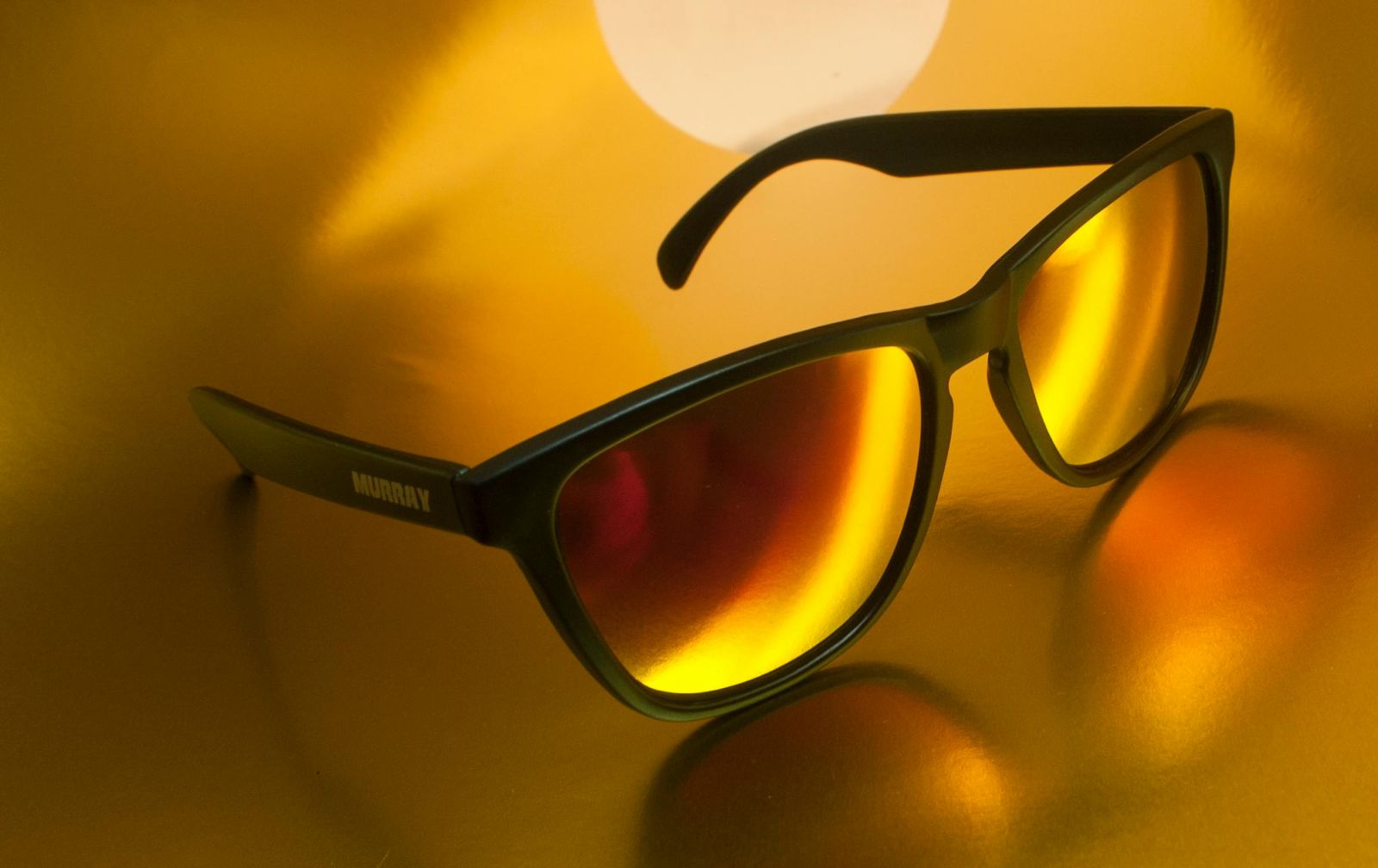Follow us on Google News (click on ☆)
The sun emits both visible light and ultraviolet (UV) rays, which are invisible but extremely energetic. There are two main categories: UV-A, which penetrates deeply and accelerates eye aging, and UV-B, which is more superficial but responsible for corneal burns (photokeratitis) and increased risks of cataracts. Without adequate protection, repeated exposure leads to deterioration of the lens and retina.

Illustration image Pexels
Sunglasses act as a selective filter. Their secret lies in the composition of the material and the treatments applied.
Base materials:
- Polycarbonate and CR-39 (a lightweight plastic) incorporate UV-absorbing additives during manufacturing.
- Mineral lenses (tempered glass) contain metal oxides that block a large portion of the UV spectrum.
Surface treatments:
- UV coatings: A chemical layer enhances the lens's ability to stop UV-A and UV-B.
- Anti-reflective (AR) treatment reduces glare and improves contrast.
- Mirror coatings reflect some of the incoming light, reducing perceived intensity.
Tints and categories:
- Tint is not a guarantee of UV protection: a very dark lens can be ineffective if poorly treated.
- The "UV 400" standard ensures 100% filtration of UV rays up to 400 nm.
- Sunglasses are categorized from 0 (light tint) to 4 (very dark tint). For the sea or mountains, category 3 is recommended.
Additional options:
- Polarization eliminates glare from reflective surfaces (water, roads) by filtering horizontal light.
- Photochromic lenses automatically adjust to light intensity.
Practical tips for choosing the right pair: Always check for the "UV 400" label, opt for CE or ANSI-certified lenses, and test them by trying to read a screen under bright lighting. Even with wraparound frames, make sure the lenses fully cover the eye area.
Thanks to these technologies, your sunglasses become an invisible shield, preserving your comfort and eye health season after season.